Many efforts in sustainable poverty reduction and new rural construction
Sharing the results of the implementation of the National Target Program on Sustainable Poverty Reduction for the 2021-2025 period, the Ministry of Agriculture and Environment said that by the end of June 2025, the poverty rate according to the multidimensional poverty standard by the end of 2024 will be 1.93% (the rate at the beginning of the period was 5.2%, an average decrease of 1.03%/year), achieving the target assigned by the National Assembly and the Government to reduce by 1-1.5%/year.
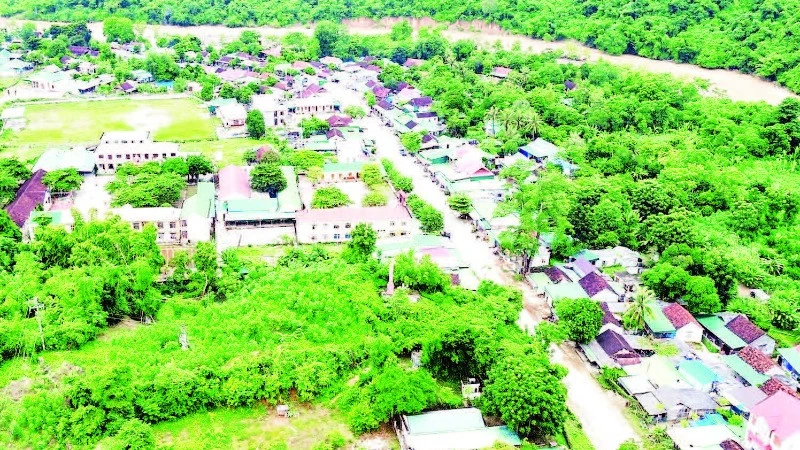 |
| Chieu Luu border commune, Nghe An province. (Photo: XUAN HOANG) |
At the same time, the poverty rate in poor districts by the end of 2024 will be 24.86% (the rate at the beginning of the period was 44.97%, an average decrease of 6.7%/year). This figure has exceeded the target assigned by the National Assembly and the Government to reduce by 4-5%/year.
The rate of poor households according to multidimensional poverty standards by the end of 2024 will be 1.93% (the rate at the beginning of the period was 5.2%, an average decrease of 1.03%/year).
The poverty rate of ethnic minorities by the end of 2024 will be 12.55% (the rate at the beginning of the period was 25.91%, an average decrease of 4.45%/year), achieving the target assigned by the National Assembly and the Government to reduce from 3.0%/year.
Also by 2025, 19 extremely disadvantaged communes in coastal and island areas will be freed from poverty and extreme poverty, reaching a rate of 35%, exceeding the target assigned by the National Assembly and the Government.
By June 30, 2025, 6,084/7,669 communes nationwide (79.3%) had been recognized as meeting new rural standards (an increase of 10.6% compared to the end of 2021 and basically completing the assigned target for the entire 2021-2025 period). 2,567 communes (42.4%) met advanced new rural standards (an increase of 2,064 communes compared to the end of 2021, exceeding the assigned target for the entire 2021-2025 period) and 745 communes (12.3%) met model new rural standards, an increase of 700 communes compared to the end of 2021, exceeding the assigned target for the entire 2021-2025 period.
Nationwide, 329/646 district-level units (according to the old administrative units), accounting for 51%, have been recognized by the Prime Minister as having completed their tasks/met new rural standards (an increase of 116 units compared to the end of 2021, exceeding the assigned target for the entire 2021-2025 period). Among the districts meeting new rural standards, 48/240 districts (20%) have been recognized by the Prime Minister as having met advanced new rural standards (met the assigned target for the entire 2021-2025 period).
At the provincial level, 13 provinces and cities (according to the old administrative units) have been recognized by the Prime Minister as having completed the task of building new rural areas (achieving 87% of the assigned target for the entire period of 2021-2025). The average income of rural people in 2024 will reach 54 million VND/person/year (1.3 times higher than in 2020).
However, the Ministry of Agriculture and Environment also stated that, besides the important results achieved, the implementation of the two programs still has some limitations, problems and challenges that need to be further resolved in the coming time.
Specifically: In some places, the rate of re-poverty is still high; the disbursement rate has not yet met the requirements, disbursement of career capital is still low; in some places, there is still a risk of re-poverty.
Along with that, the awareness of the role and importance of some Party committees and authorities is sometimes inadequate. The leadership and direction of the emulation movement to build new rural areas and reduce poverty sustainably by some Party committees and authorities is not really thorough and substantive, lacking regular monitoring, urging and inspection; there are still bottlenecks that need to be fundamentally resolved to ensure sustainable and inclusive development for rural areas in the next phase.
Ensuring inclusive and sustainable development, focusing on people
The Ministry of Agriculture and Environment also provided additional information on the results of the review and assessment of the current status of new rural construction and sustainable poverty reduction after July 1, 2025, towards the 2026-2030 period.
Regarding the current status of sustainable poverty reduction, in the case of applying the national multidimensional poverty standards for the period 2026-2030 proposed in the draft Decree regulating the national multidimensional poverty standards for the period 2026-2030, the national multidimensional poverty rate is expected to be 11.7% and there will be about 350 communes with a poverty rate of over 50%.
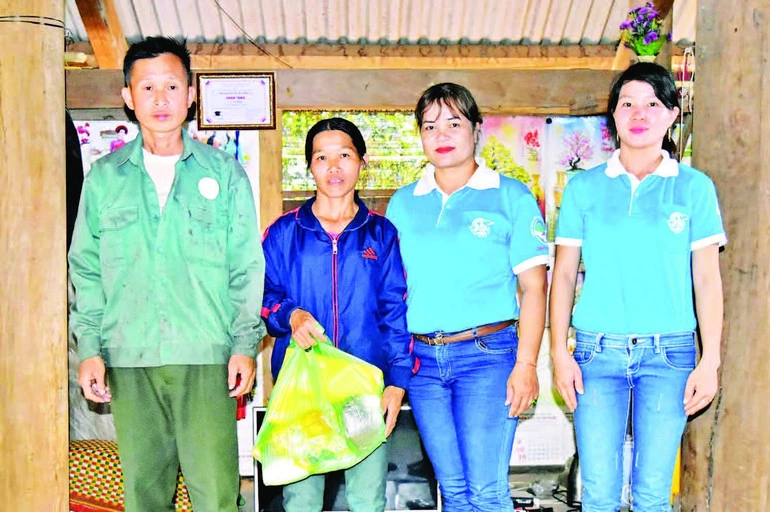 |
| The Women's Union of Ia Toi commune, Quang Ngai province, gives gifts to poor households. (Photo: nhandan.vn) |
Regarding the current status of new rural construction, the results of reviewing the current status of new rural construction of new communes after the merger of localities according to the method of "mechanical merging of commune + commune", the whole country has about 1,719/2,621 new communes (accounting for 65.6%) with the potential to meet new rural standards according to the criteria for the period 2021-2025, of which 362 communes (21%) are expected to be able to meet advanced new rural standards and 59 communes (3.4%) are expected to be able to meet model new rural standards.
Compared with the provisions in the draft National Criteria for New Rural Areas at all levels for the period 2026-2030, according to the assessment of localities, about 65% of the new communes are eligible to meet the new rural standards according to the Criteria for the period 2021-2025, and are likely to basically meet the new rural standards according to the new Criteria for the period 2026-2030. Of which, about 10% of the communes are recognized as modern new rural communes.
With the above political, legal and practical bases, it is necessary to build a National Target Program on New Rural Development and Sustainable Poverty Reduction on the basis of integrating the National Target Program on Sustainable Poverty Reduction and the National Target Program on New Rural Development into a new national target program for 10 years (2026-2035 period).
The new national target program aims at “ecological agriculture, modern countryside, civilized farmers” and “multidimensional poverty reduction, inclusive development” contributing to the strong development of the country in the new era, the era of development, prosperity and strength of the nation.
According to the Ministry of Agriculture and Environment, the National Target Program on New Rural Development and Sustainable Poverty Reduction for the 2026-2035 period (hereinafter referred to as the Program) is implemented nationwide, in all 34 provinces and centrally run cities; all 2,621 communes, 687 wards and 13 special zones; all hamlets (villages, villages, hamlets, villages, buon, bon, phum, soc,...) of provinces and centrally run cities.
Beneficiaries of the Program are poor households, near-poor households, newly escaped poverty households, people, residential communities, cooperatives, cooperative groups, enterprises and other relevant organizations nationwide, with priority given to rural areas and poor communes.
The Program implementation period is 10 years, from 2026 to 2035, divided into 2 phases.
| Beneficiaries of the Program are poor households, near-poor households, newly escaped poverty households, people, residential communities, cooperatives, cooperative groups, enterprises and other relevant organizations nationwide, with priority given to rural areas and poor communes. |
The 2026-2030 period will implement the goals and tasks set for 2030. The 2031-2035 period will continue to implement the tasks and goals set for 2035.
The drafting agency said that the viewpoint of building the Program is based on the following criteria.
First, ensure inclusive and sustainable development, with people at the center and subject of the development process.
Second, rural development must be modern and smart, linked to the industrialization and urbanization process. Development must be carried out synchronously, ensuring harmony between three focuses: economic development, socio-cultural development and environmental protection; closely combining socio-economic infrastructure development with improving people's quality of life and preserving rural cultural identity.
Third, enhance the application of science and technology, promote innovation and accelerate digital transformation in rural economic development, new rural construction and sustainable poverty reduction.
Fourth, closely combine socio-economic development with maintaining political security and social order and safety; at the same time, enhance the ability to adapt to climate change and non-traditional risks, ensuring stability, safety and sustainable development in all conditions; link sustainable poverty reduction with ensuring national defense and security, especially in key areas, remote areas, ethnic minority areas, coastal areas and islands.
Fifth, implement the Program in the direction of multi-objective management, integration and strong decentralization to localities. The Central Government focuses on building a framework program, promulgating a system of criteria, standards, norms and allocating resources; localities proactively and flexibly organize implementation according to their authority, in accordance with practical conditions and maximizing the role of people, businesses, cooperatives and social communities in the process of deployment, implementation and supervision.
The overall goal of the Program is to build modern, comprehensive, sustainable new rural areas that flexibly adapt to climate change, ensuring harmonious development between socio-economic development and environmental protection, preserving landscapes, cultural identity and traditional values.
At the same time, promoting rural economic development contributes to the successful restructuring of the agricultural sector, shifting from agricultural production to multi-value agricultural economy on the basis of close association with the goal of multidimensional poverty reduction, preventing re-poverty, green growth, application of science and technology, innovation and digital transformation; improving income, quality of life and access to essential services of people, building a happy life; narrowing the development gap between regions and population groups; ensuring social security and gender equality.
Along with that, forming a green, clean, beautiful, safe, civilized, cohesive, happy rural space; building civilized, knowledgeable, skilled, creative farmers; maintaining national defense, security, social order and safety, contributing to creating a foundation for inclusive, stable and sustainable development of the country.
According to NDDT
Source: https://baoquangtri.vn/kinh-te/202509/se-tich-hop-2-chuong-trinh-muc-tieu-quoc-gia-xay-dung-nong-thon-moi-va-giam-ngheo-ben-vung-1c24798/




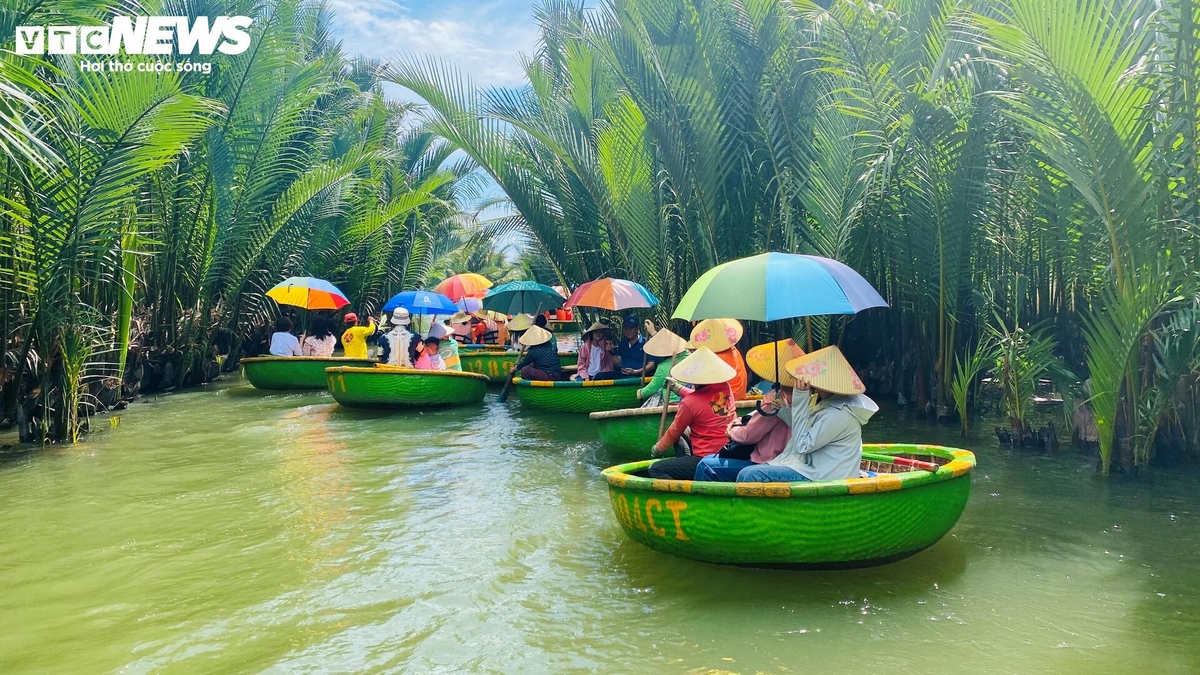
![[Photo] Prime Minister Pham Minh Chinh chairs the first meeting of the Central Steering Committee on housing policy and real estate market](https://vphoto.vietnam.vn/thumb/1200x675/vietnam/resource/IMAGE/2025/9/22/c0f42b88c6284975b4bcfcf5b17656e7)






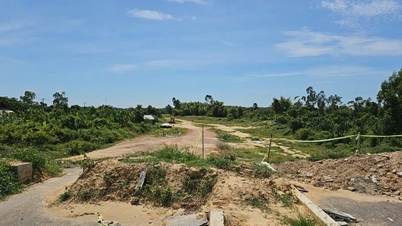



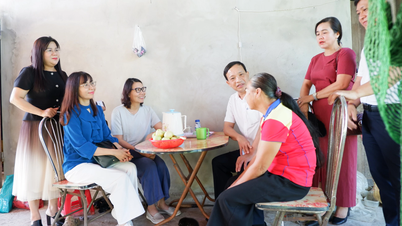






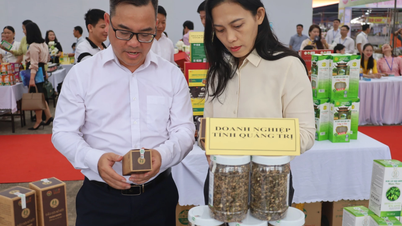



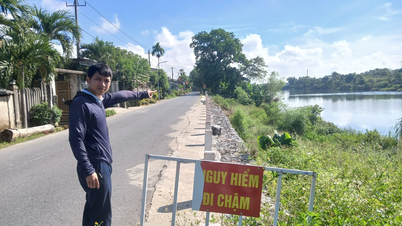
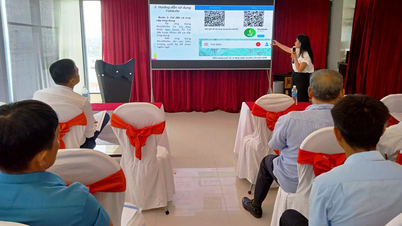





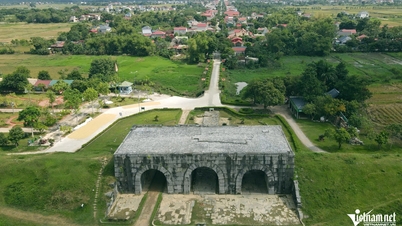














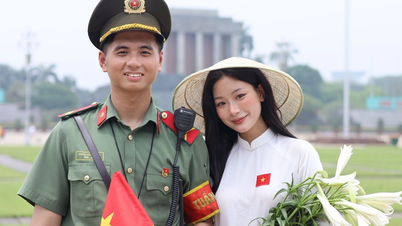

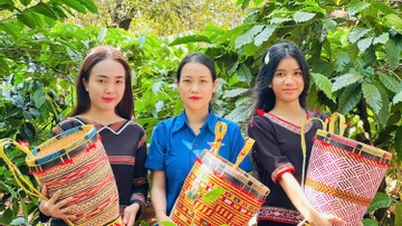
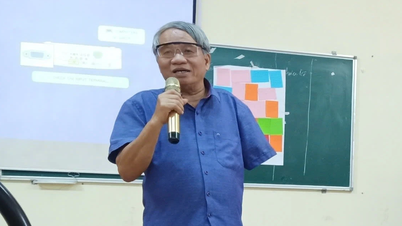











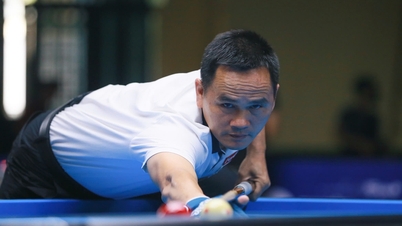
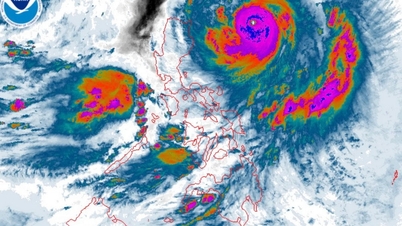
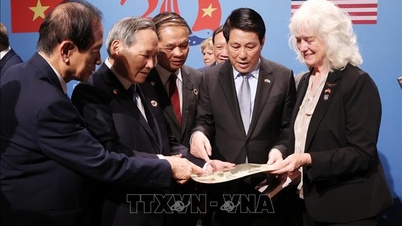






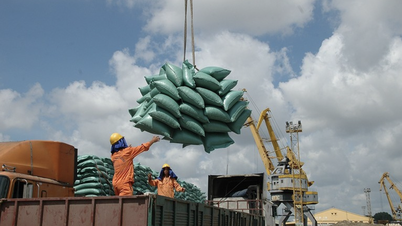










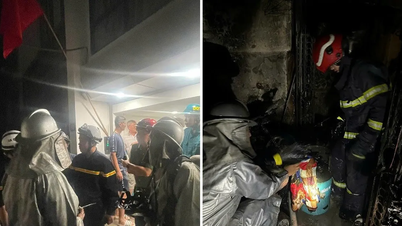


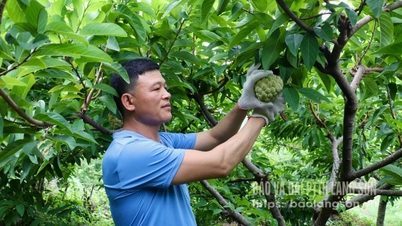
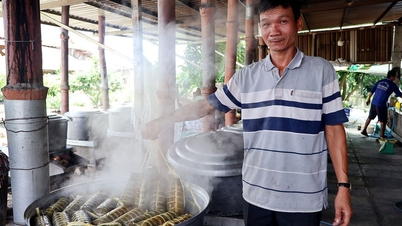


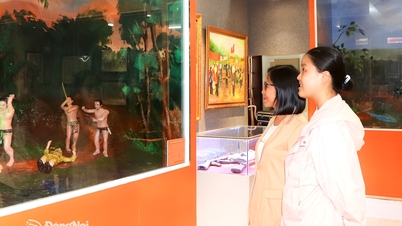

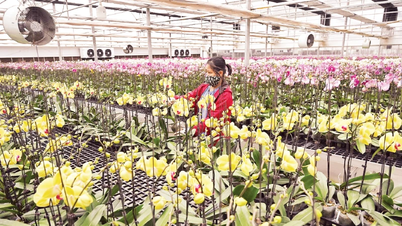



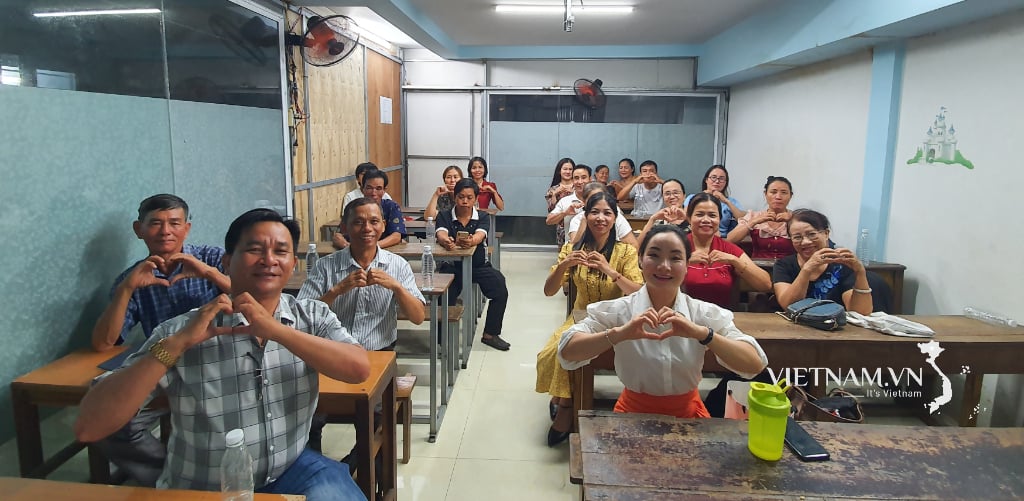



Comment (0)